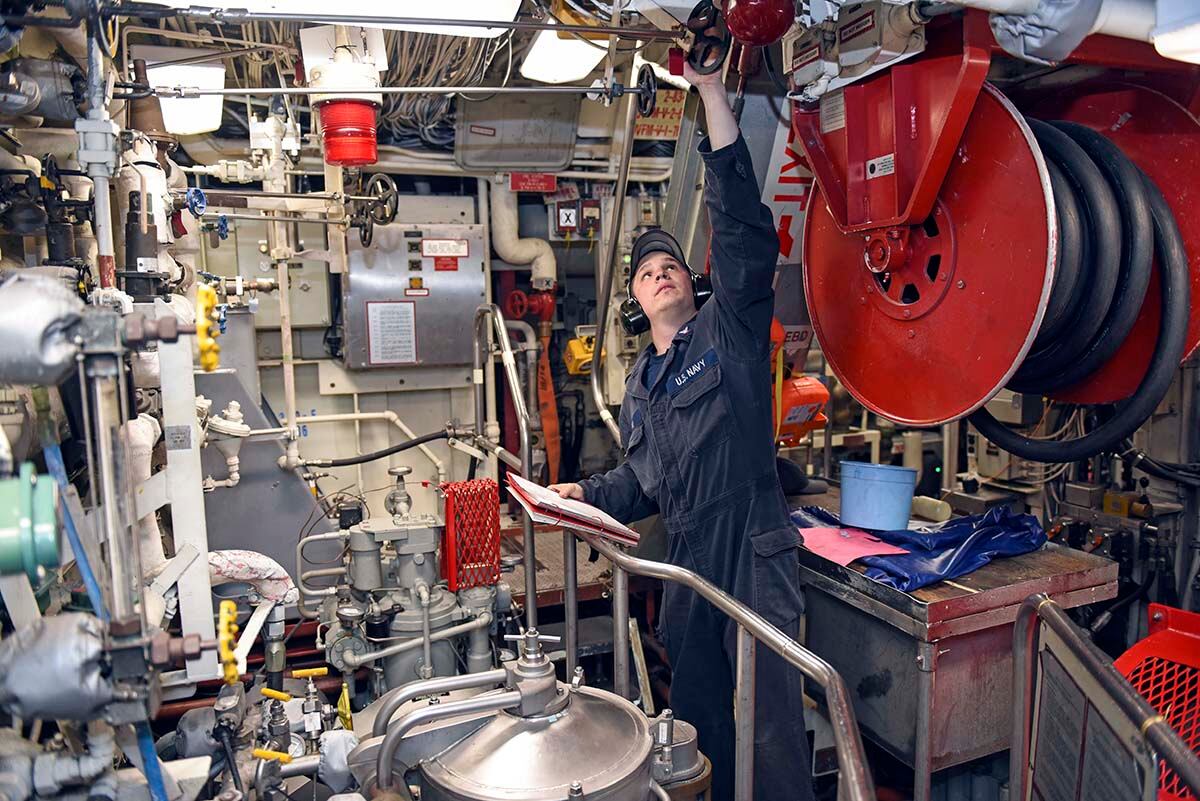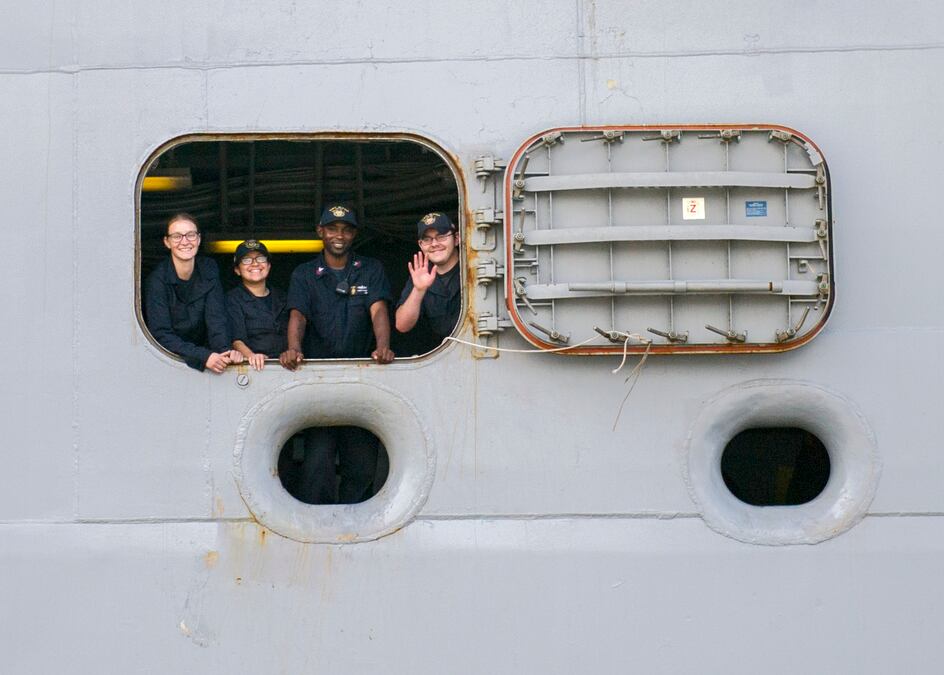Last year, the Navy kept 78 percent of its reenlistment-eligible sailors in uniform — the best retention rate in more than a decade — but the sea service’s top uniformed personnel officer says that’s not good enough.
So Vice Adm. Bob Burke, the Navy’s outgoing chief of personnel, has his recruiters out scouring America for new enlistees and has raised the retention goals for commands nationwide, urging them to become more creative about keeping sailors for another tour.
Testifying before the Senate Armed Services Committee’s Personnel Subcommittee on Feb. 27, Burke told lawmakers that the Navy will grow by 7,500 personnel this year and another 5,100 next year — an “aggressive pace,” as he put it — but they “still have work to do” and warned that the service can’t make its goals without “consistent and full funding.”
By the end of September, the Navy’s end strength should total around 335,500 sailors. Next year’s numbers will put the Navy at roughly 340,500 uniformed personnel.
Current long-term budget projections show the Navy topping out at around 344,800 officers and sailors at the end of Fiscal Year 2023, the largest tally of personnel since early 2007 and 17,400 more than were in the service at the beginning of this fiscal year.
RELATED

While the Navy continues to grow the force, it must battle manning gaps at sea that currently stand at roughly 6,200 billets.
“Retention of every capable sailor remains a vital element of our growth strategy,” Burke stressed in prepared written remarks to lawmakers. "A fairly steep growth trajectory imposes some challenges for all ratings and skills.”
The Navy succeeded last year because of the “surgical use of retention bonuses” and “predictive analytics and other policy levers” to target the sailors they needed keep, resulting in the “largest enlisted retention improvements in a decade," he wrote.
But Burke warned that the Navy must hurdle traditional challenges in finding and retaining personnel in several critical ratings and communities, including nuclear power, special warfare, advanced electronics, aviation maintenance and information technology.
He told senators that “incentives remain an integral part of our retention strategy” including a pilot bonus program launched in December that adds a “merit-based” kicker “to enlisted retention bonuses.”
He told the fleet that commands must shift out of their antiquated notions lodged in the days of the draw down and start working harder to retain eligible sailors.
“With unemployment at the lowest levels since 1969 and wage growth increasing, we must recognize that our sailors have options in the strong civilian job market,” Burke wrote in a Jan. 19 NavAdmin message.
"I challenge each of you to lean forward and do your part to achieve maximum fleet readiness through increased retention and reduced attrition."
RELATED

For retention, the Navy leans on three separate “zones” which define key spans of a sailor’s enlisted service.
Last year, the Navy retained 68 percent of eligible sailors in Zone A — those with up to six years in uniform — nearly doubling the service’s 35 percent goal.
This year, Burke set the goal at 55 percent.
Last year, the Navy retained 75 percent of eligible sailors in Zone B — those who have accrued between six and 10 years of service. That was nearly 20 points higher than the 54 percent goal.
But Burke set next year’s goal at 65 percent.
Last year, Burke set the retention goal for Zone C — past the 10-year mark but no more than 14 years of service — at 64 percent.
The Navy kept 80 percent. So Burke set the new goal at 89 percent.
Burke told senators that these retention gains were “critical” because they “allowed us to establish a deep bench of experienced journeymen needed to develop that next generation of masters.”
On the other end of the retention spectrum, Burke said that the Navy must redouble efforts to reduce attrition, the number of sailors who fail to finish their enlistments.
Last year, Zone A sailors recorded a 6 percent rate of attrition.
To fix that, in his directive Burke urged commanders to concentrate on the fundamentals of good leadership, including engaging sailors from the moment they report to a unit, mentoring them during their first term of service and using career development programs to ensure that no one goes home early.
Mark D. Faram is a former reporter for Navy Times. He was a senior writer covering personnel, cultural and historical issues. A nine-year active duty Navy veteran, Faram served from 1978 to 1987 as a Navy Diver and photographer.





